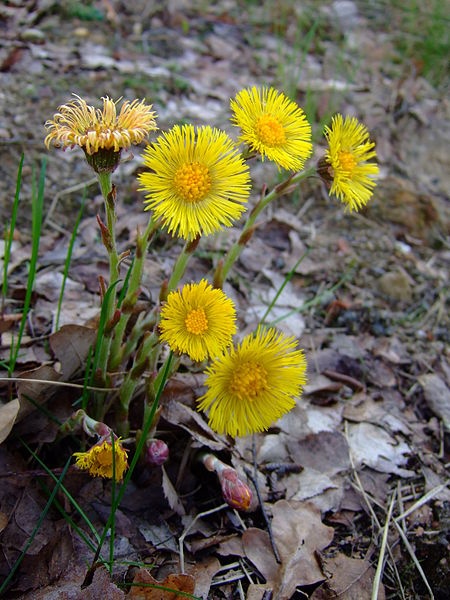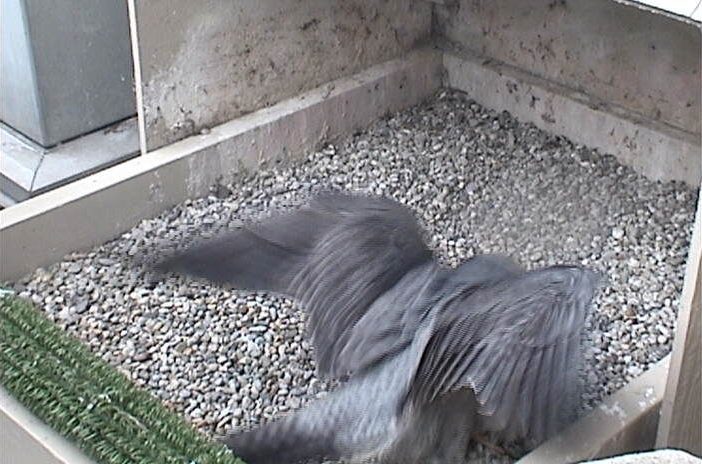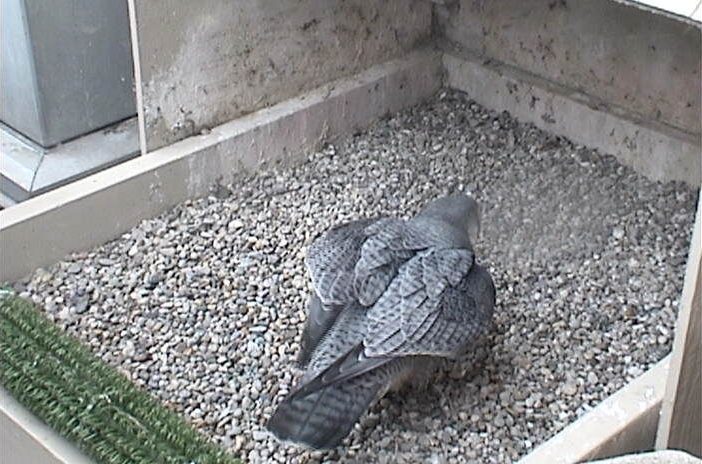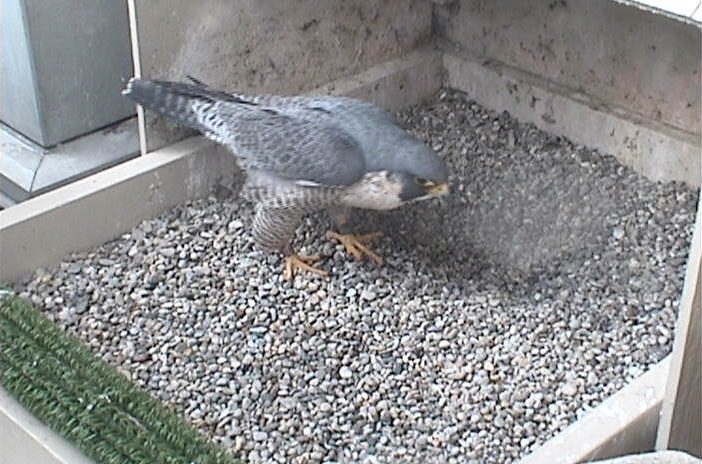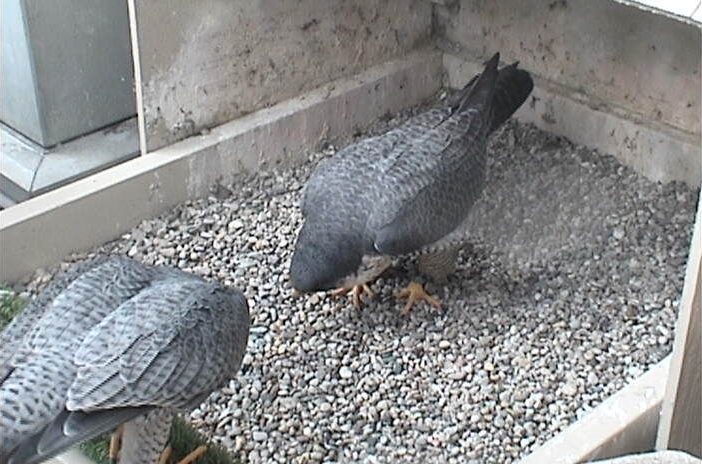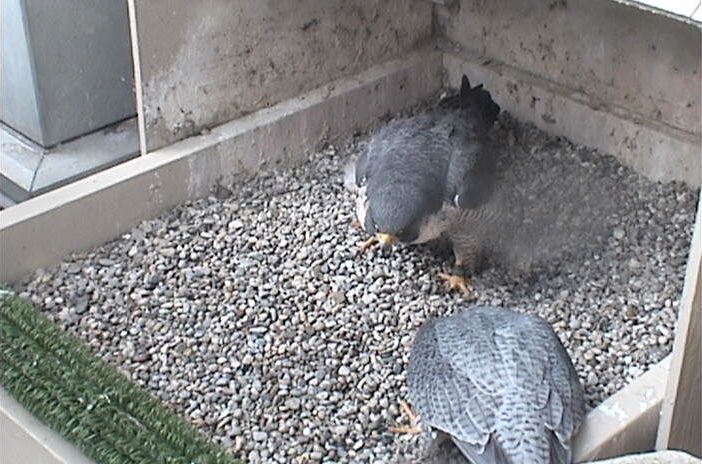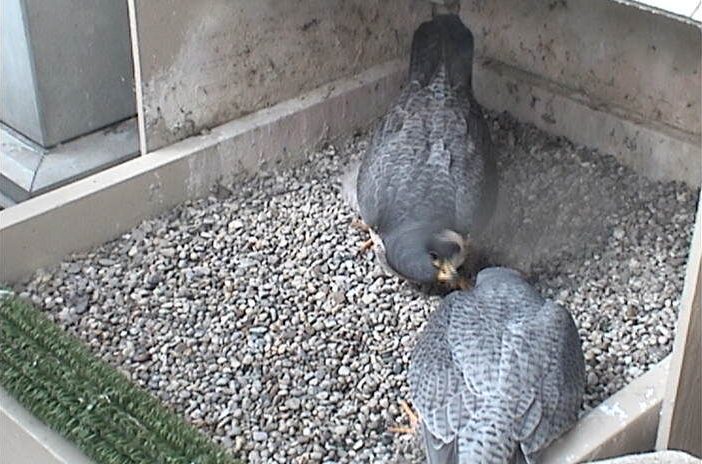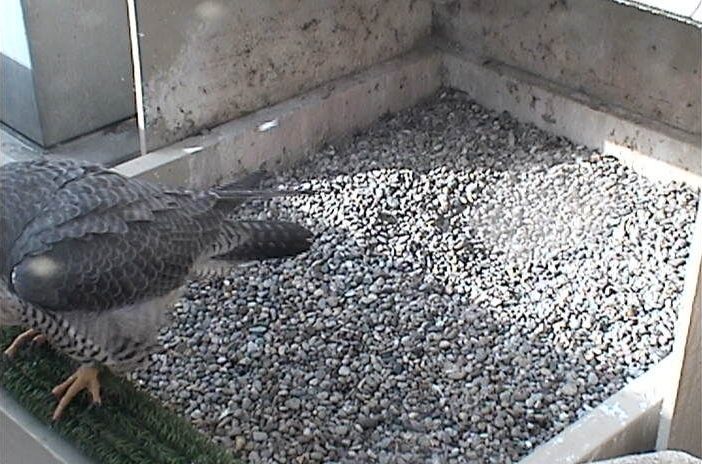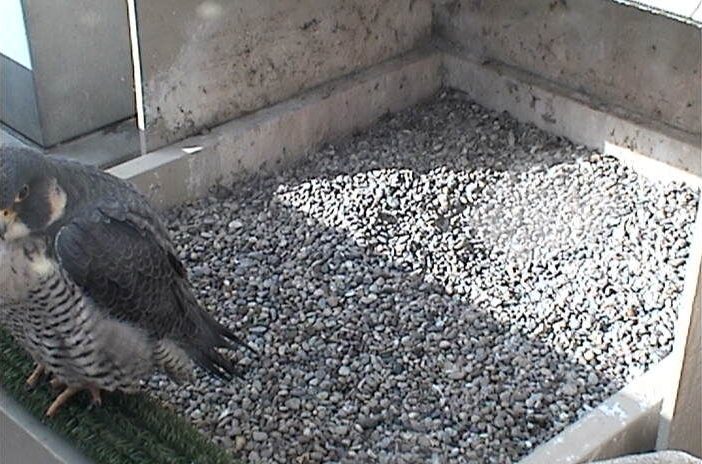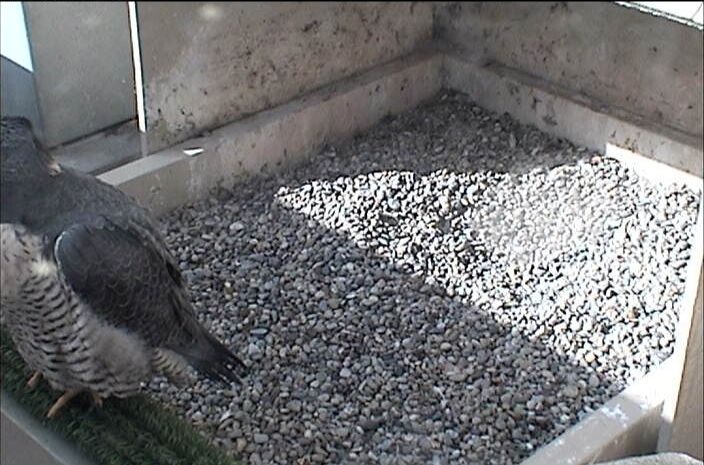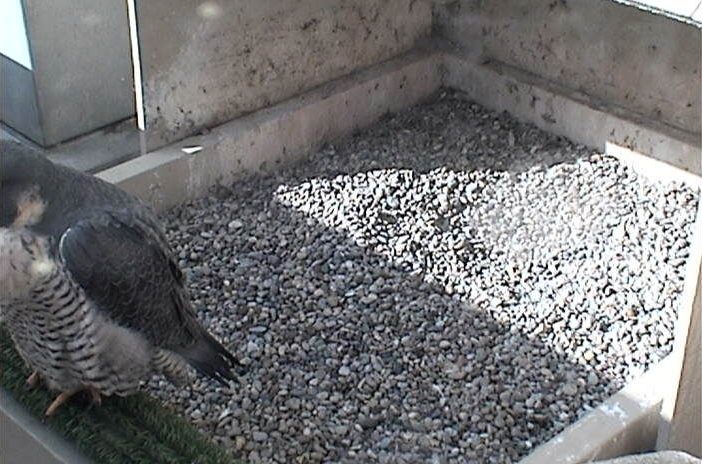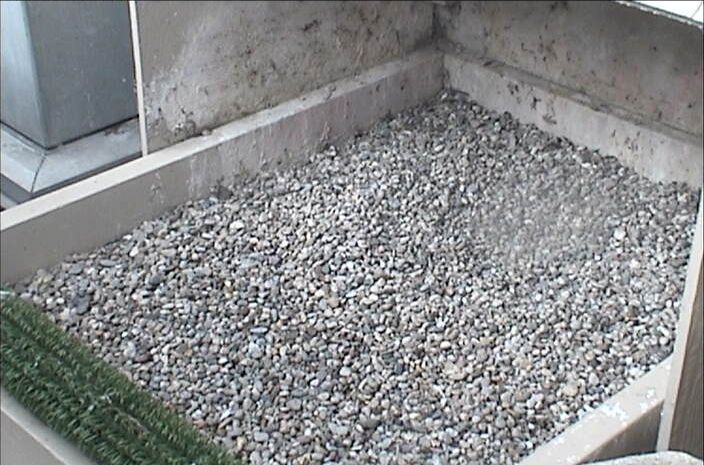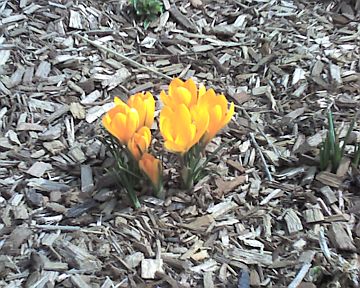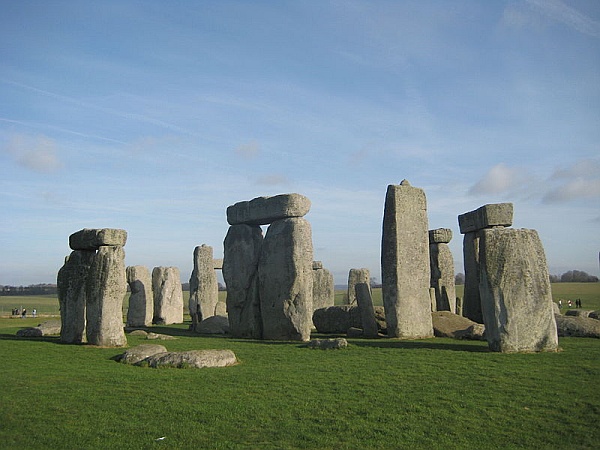
Today at sunset the houses on my street will signal the equinox as they do every spring and fall. If I’m at home I will pop out the back door to have a look. It’s quite impressive. Our houses are like Stonehenge.
At the real Stonehenge built in approximately 2500 BC in Wiltshire, England, the monoliths are positioned so that the rays of the setting sun at the winter solstice perfectly align with the entrance alley. Archaeo-astronomers have even found alignments there for the equinox.
At home, I am impressed by a similar effect. The houses on my block face west and are closely spaced – about five feet apart – and they line up so that the rays of sunset at the equinox fall directly between the buildings without touching the side walls of either house. At all other times of year sunset touches the buildings. In winter it lights my home’s south wall. In summer it lights the north wall. At the equinox, the perfect alignment reminds me of Stonehenge.
I’m not sure the real estate developer intended this astronomical result when he laid out my street in 1905. It’s probably just a coincidence and there are probably many places where this sort of thing occurs, but no one notices.
Check around. Maybe there’s a Stonehenge in your neighborhood.
(photo of Stonehenge from Wikipedia, photo is in the public domain)
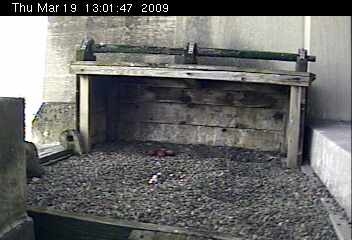 Tasha, the female peregrine falcon at Gulf Tower, got off her eggs long enough for us to see four yesterday.
Tasha, the female peregrine falcon at Gulf Tower, got off her eggs long enough for us to see four yesterday.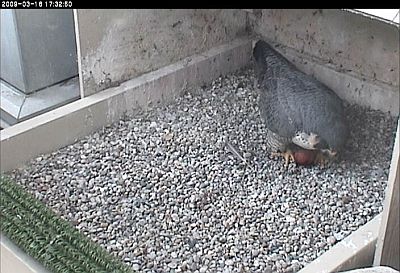
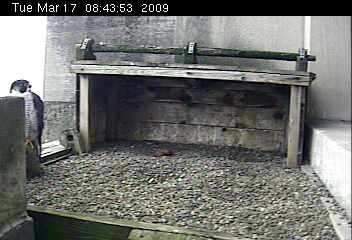
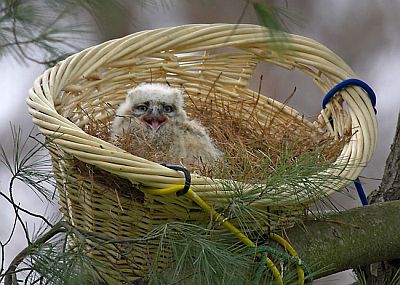
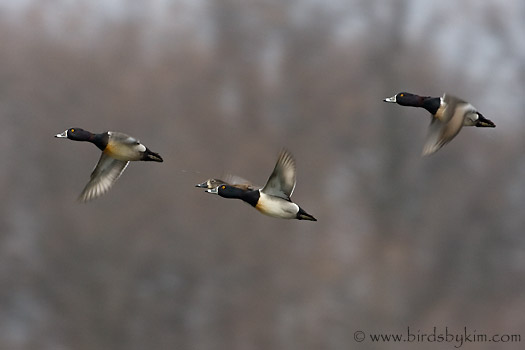
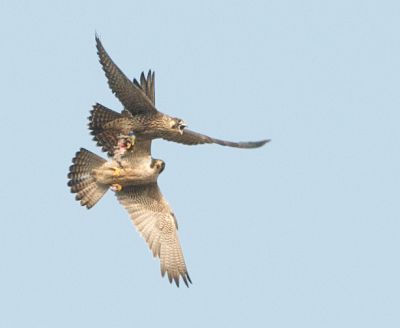 At the end of February I got a call from Wildlife Conservation Officer Beth Fife that a young peregrine was found critically injured in Connellsville. Sadly, she had to be euthanized.
At the end of February I got a call from Wildlife Conservation Officer Beth Fife that a young peregrine was found critically injured in Connellsville. Sadly, she had to be euthanized. 